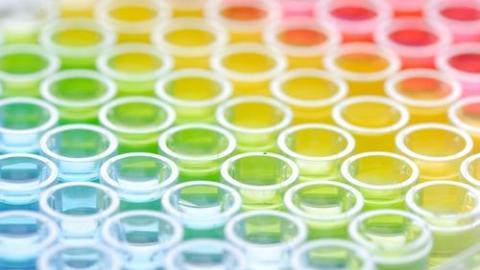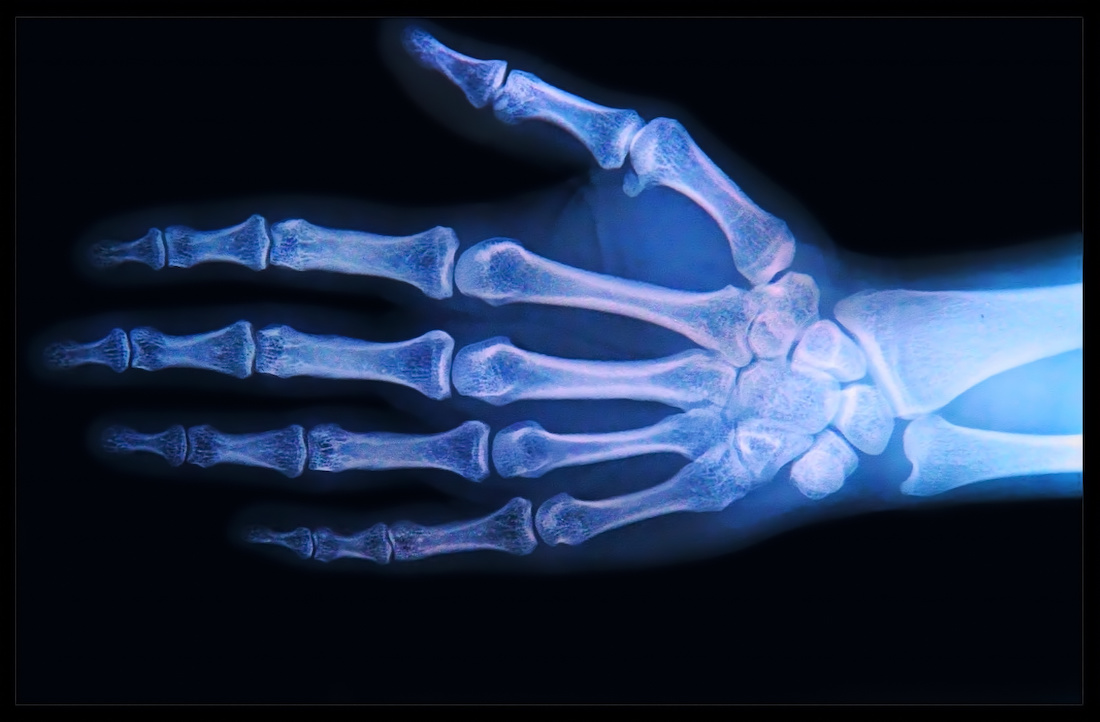Stem Cells Facilitate Disease Study

What’s the Latest Development?
By extracting stem cells from individuals with diseases like diabetes, Down syndrome and schizophrenia, and then recreating the diseases in laboratory conditions, scientists are better able to understand how the disorders affect the body. By recreating the neurons of a person infected with the rare Timothy syndrome, for example, Stanford scientists were able to determine that “the cells were making too much of an enzyme that is critical for producing dopamine and norepinephrine, two important chemical messengers in the brain.”
What’s the Big Idea?
The technique of growing differentiated stem cells was developed just four years ago by American and Japanese scientists but it has already enable doctors to better understand a host of pernicious diseases. And by understanding how disease affects the body, researchers get closer to developing treatments. In the case of the patient with Timothy syndrome, scientists engineered a drug that blocked the excessive production of the crucial enzyme, softening the symptoms of the disease.
Photo credit: shutterstock.com





